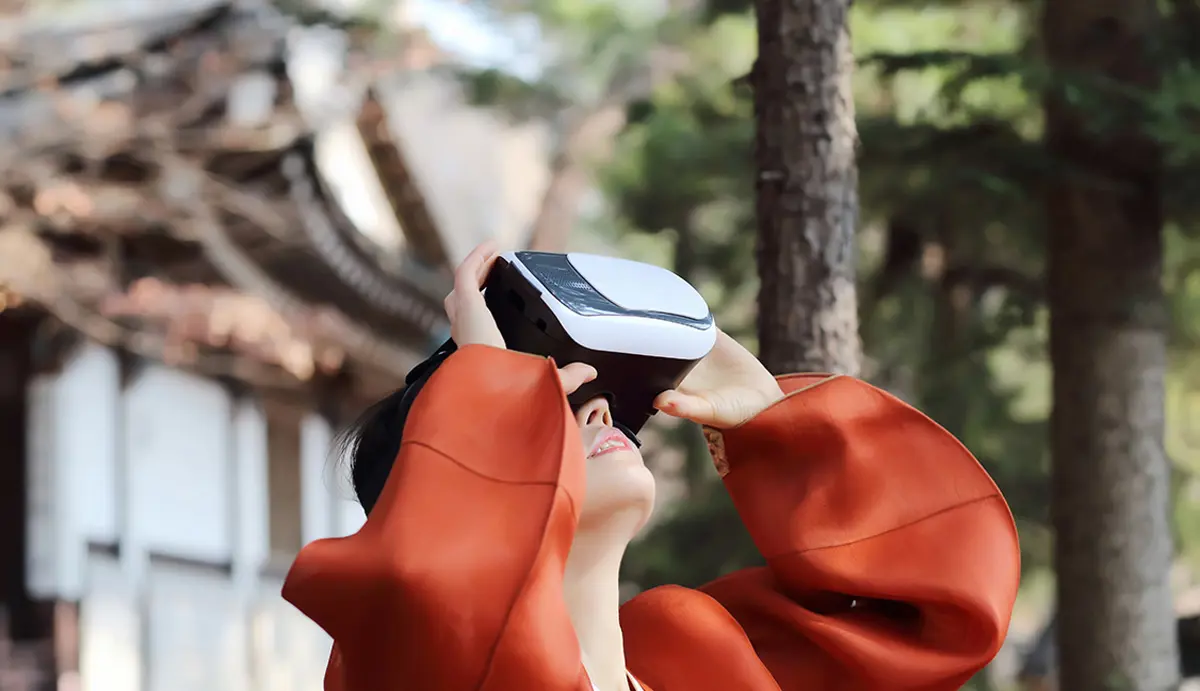How the world of work is changing




The world of work is evolving at breathtaking pace – and for many the biggest question is ‘how will I keep up?’
Pressures from ever-changing technology, demand for a better work-life balance, greater diversity and employee desire (or need in many cases) to work well into old age, are reshaping our expectations of workplace culture.
Add likely advances in automation, 3D printing, artificial intelligence (AI) and climate change impact over the next few years, and it’s clear the only certainty at work is uncertainty itself.
In such an environment, the key to your success will be a willingness to adapt.
Whether it’s learning new skills, taking on greater responsibilities (and brand new types of jobs as industries advance) or personal development, it’ll help if you’re motivated to engage with change.
It won’t always be easy but there is one major trend directly in your favour.
In a bid to attract (and keep) talented and loyal employees, more companies are ready to listen to what you want at work and see if they can offer it to you. So prepare to flex your muscles as Britain’s workplaces gear up for growth in the early 21st century.
Here are some of the key trends you can expect to see:
The arrival of artificial intelligence (AI) in your workplace
While automation helped to transform the efficiency of many industries, AI is set to alter the very nature of how we do business altogether.
In a nutshell, AI - or machine-learning - marries a computer’s ability to sift through vast amounts of data at speed with an instruction to then look for and interpret patterns. Its conclusions (or ‘learning’) can then inform business decisions.
The implications are boundless: from healthcare (using patient data to assess medical needs) to security (face recognition and cyber-attack prevention), retail (worker productivity) and customer services (monitoring the success of conversations), the potential for change is enormous.
While many are concerned about the long-term consequences on human employment, Governments and international bodies such as the United Nations are increasingly alert to the many risks being flagged. Discover more tech trends and what to expect from their advances in the future.
Expect to sit in ‘shared work spaces’
If your skillset allows you to work on a laptop, don’t be surprised if your employer suggests you abandon your normal office for a so-called ‘shared work space’ or ‘co-work space’.
In a nutshell, you do your usual job in a dedicated building kitted out as an office - desks, meeting rooms, special office equipment, canteens, cafes etc. – but one shared with others from all manner of industries.
The benefits are evident for business owners: a monthly rent instead of huge property investment costs and flexibility to grow and hire extra staff without expensive overheads.
This is especially useful if you’re a start-up business which needs to be able to scale up, or down, swiftly.
And for employees, they offer freedom from a formal office environment, suit flexible working and can be very useful for networking.
Increasingly popular across the country, type in ‘shared work space near me’ into your favourite web browsers to compare services near you. Barclays own Eagle Labs also offers options for a co-working and office space.
Prepare for 3D printing
Over the years to come, its application could affect almost every aspect of our daily lives. In short, a 3D printer lets you ‘print’ materials in such a way that they emerge in a physical form from a machine – for example, waterproof food storage boxes, shelves, musical instruments, camera lens and toys.
You can typically use nylon, plastic, sandstone and metal in 3D printers. Perhaps the biggest immediate impact will likely be on manufacturers – if 3D printing becomes advanced enough (and cheap enough) to spread to millions of personal homes, the need for expensively produced goods in factories could drop dramatically. This, in turn, could affect the number of employees needed for manual work to assemble goods. Similarly, the potential to print 3D bricks – coupled with capacity for robots to build with them - could have a huge consequence for manual workers in the construction and house building industry.
However, the potential upside for affected industries could be considerably less overall environmental impact.
View ‘old age’ as a new opportunity – and lock in lifelong learning
Thanks to better health and longevity, many will be able to work well past traditional retirement age and on into their 70s and 80s.
Motives will differ, of course. While there will be those who do so to enjoy its sense of purpose and community, there will others who do so out of necessity instead to be able to generate enough income to live.
With a rising state pension age to take into account too, many workplaces will need to gear up to cater for a rise in the number of older employees.
Whether you’re young or old, being able to work effectively with colleagues of all ages will become a valuable skill – and developing your EQ could be one way to prepare.
Another way senior company leaders look to nurture talent and promote keen employees of all ages is to invest in lifelong training.
If, as an employee, you actively demonstrate you’re motivated, keen to learn and grow as a professional, you’ll be more likely to be eligible for access to courses which help you take on more responsibility with your company. Training isn’t always on tap or easily available, so when the opportunity does emerge, be prepared to grab it with both hands. As your career develops, make sure you don’t rest on your laurels. Keep on taking the initiative for training and your commitment could be rewarded – whatever your age.
We are not responsible for, nor do we endorse in any way such third party websites or their content. If you decide to access any of the third party websites, you do so entirely at your own risk



